Description
Forward Controls Design SBCG NP3 Dimpled
The S in SBCG stands for Secure Staking, Slick Side. SBCG carrier has a series of serrations or dimples to aid in closing an out of battery bolt on upper receivers without a forward assist. The carrier still has forward assist pawl notches, and so is compatible with forward assist equipped uppers.
The Secure Staking aspect involves SBCG’s use of Ned Christiansen’s OCKS (Optimized Carrier Key Screws), which when staked properly, offer significant improvement over conventional screws. OCKS have sharp, deep and effective knurling that extends to the top of the screw head. These splines form pockets for carrier key metal to flow into when the key is staked, resulting in gear tooth like engagement. Some argue that as long as the gas key screws are torqued to spec and staked properly, OCKS aren’t necessary. While that’s true, for us, it is a matter of over building in areas where providing another layer of fail safe and redundancy is worth the negligible cost. Given the numbers below, the choice of OCKS is an easy one to make.
Removal torque spec is 55-100 in-lb
Since FCD is so keen on the gas key’s staking to ensure its immobility, the question of one piece carrier had come up. It is their opinion that something different isn’t always something better. Gas keys can crack, and be dropped and damaged, debris or primer can find its way into the gas key. Their view is based on reality, not a theory, as all of these have happened. A conventional carrier with a separate gas key can simply have its gas key replaced, which is impossible for any one piece carrier.
Each SBCG has its firing pin protrusion checked, gas key torqued and staked, and is individually test fired. SBCG will ship as is, having been slightly lubed and dirtied by the test firing procedure.
* Sprinco 5-Coil Heavy Duty Extractor Spring
* Black Insert
* MPI tested* SBCG carriers are ASSI 8620 steel and machined to USGI specifications. The M16/M4 carrier includes a mil-spec gas key. The gas key is heat treated per TDP specifications and NP3 coated. The gas key is secured to the carrier via OCKS (Optimized Carrier Key Screws), torqued to spec values, and properly staked.
* Each carrier assembly is treated with a durable Nickel/PTFE (NP3) plating which creates a permanently lubricious surface which reduces the need for lubrication.
Note that we do advocate proper lubrication between any two moving parts. NP3 coating notwithstanding, it is advised to apply lubrication on key areas of the carrier, bolt, and charging handle, and inside the upper receiver.
RE: NP3 coating, FCD has been asked to coat SBCGs in nitride or NIB. While their pre-production SBCGs (all 40 of them) were NiB coated, there will not be a production SBCG with NIB.
NP3 has a coefficient of friction as low as .07-.1 according to test standards LFW-1 and ASTM D-2714. Nickel Boron has a coefficient of friction as low as .08-.2. NP3 has PTFE also known as Teflon® co-deposited in the nickel matrix. As wear occurs, new PTFE particles are exposed and the self lubricating properties continue. Nickel boron has a surface with many high points. Because the high points make all the contact, there is less surface area for friction to occur. The problem with this is once the high points wear down the coefficient of friction increases due to more surface area being contacted. With no self lubricating particles like Teflon® in the Nickel Boron matrix, there is no additional lubrication after the contact points are worn. The bottom line is that if you see wear on Nickel Boron, it has lost its “Self Lubricating” properties at that spot.
Few other FCD products here.


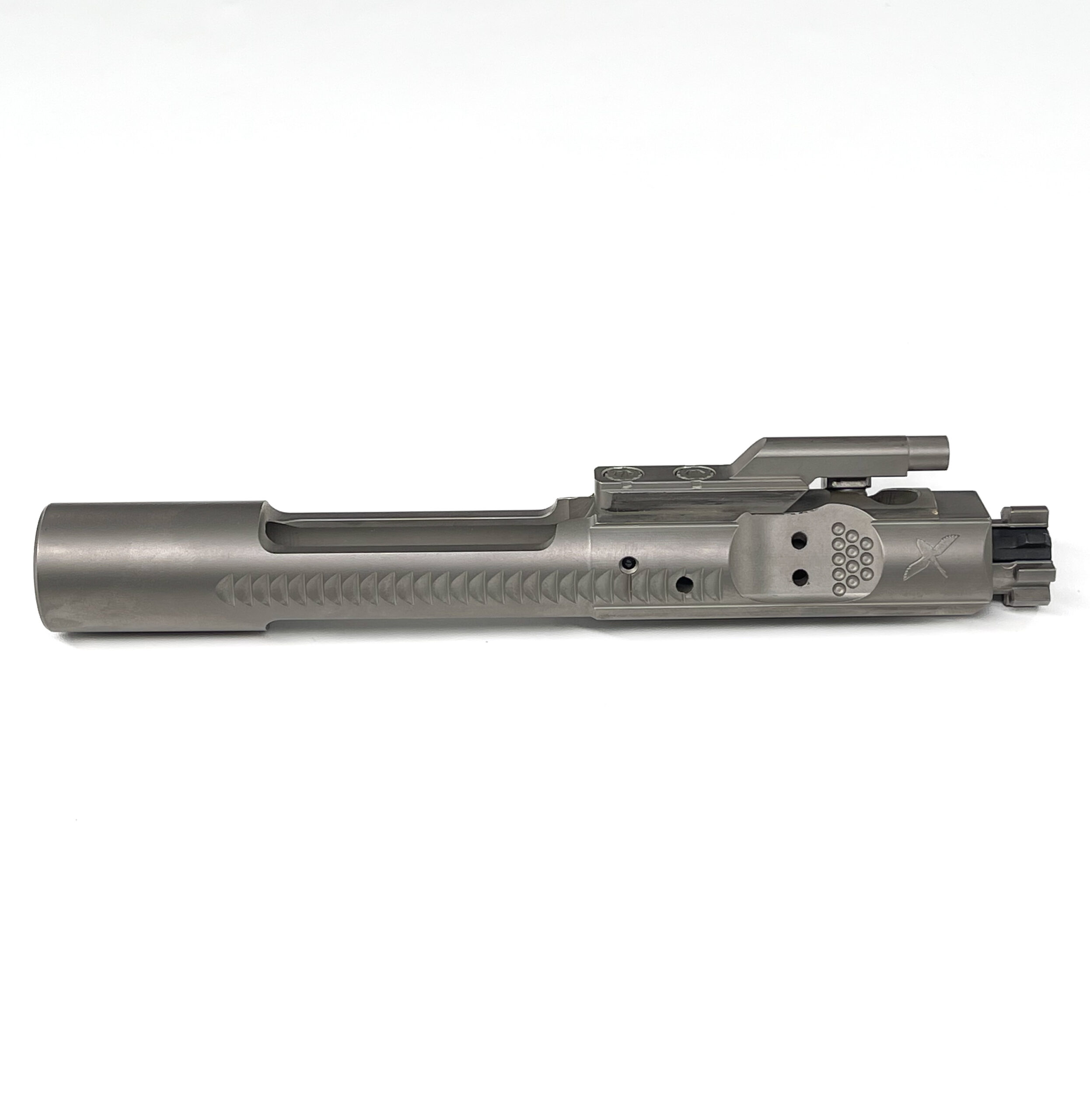
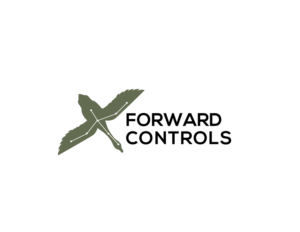
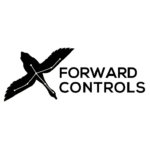
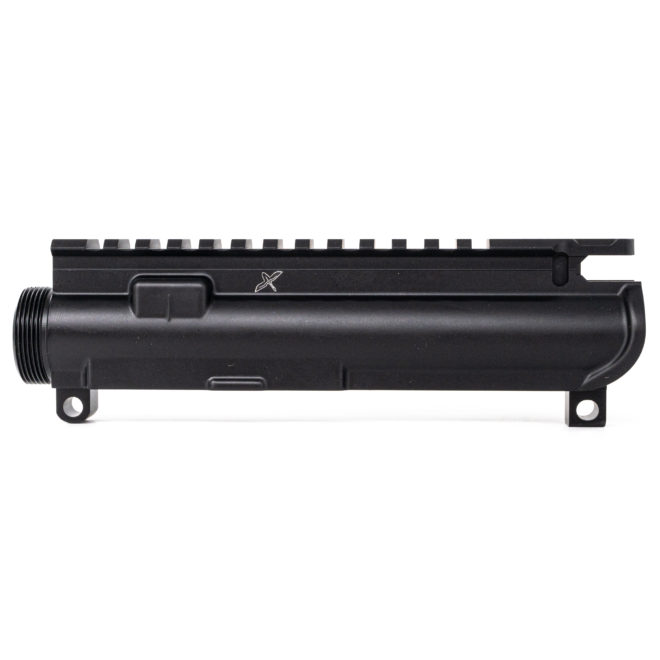
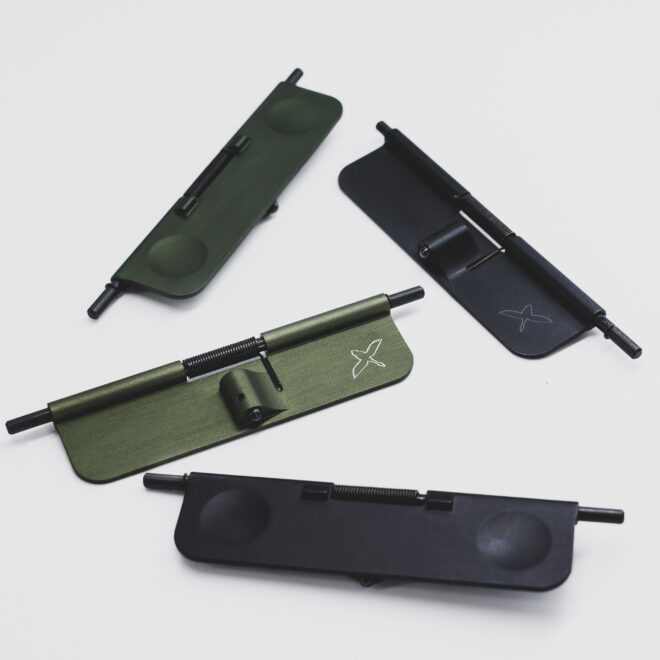
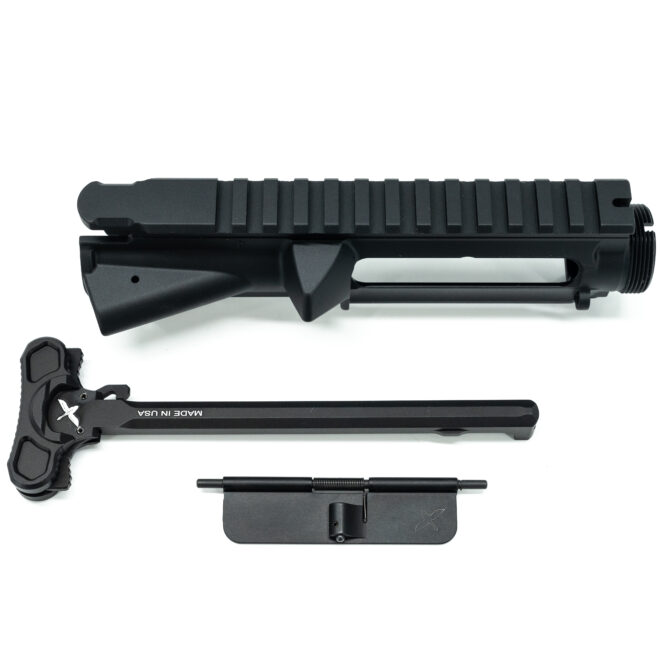
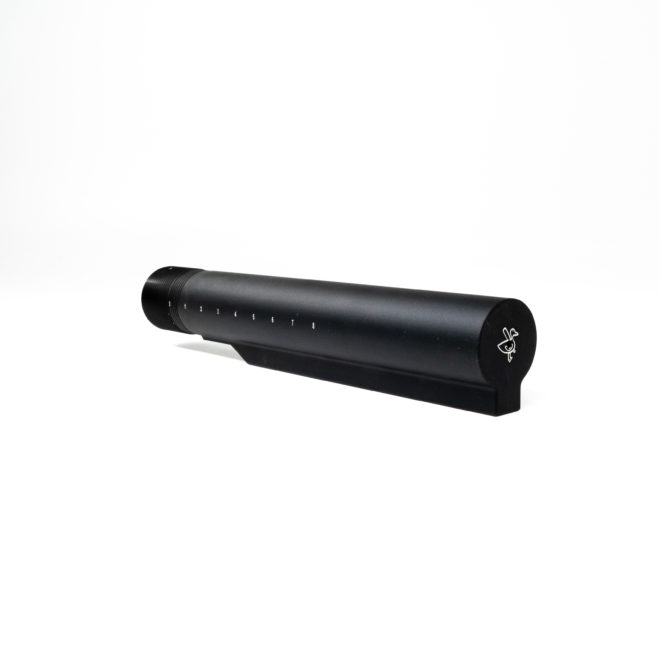
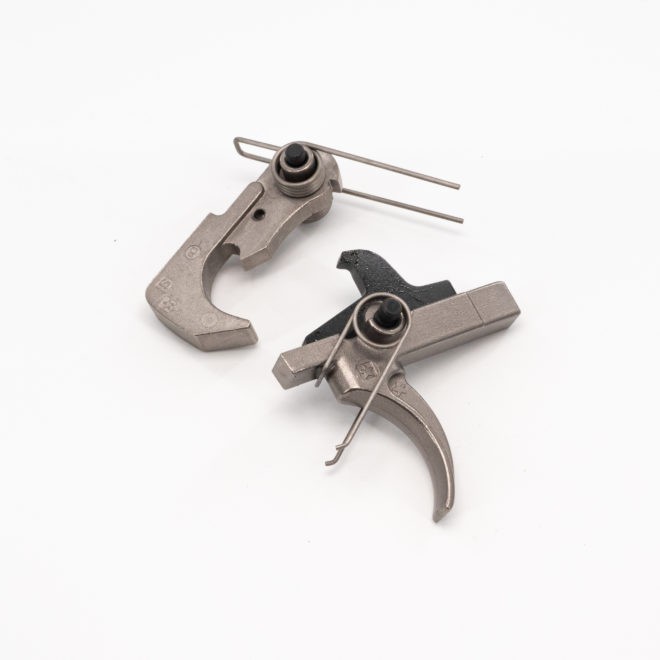
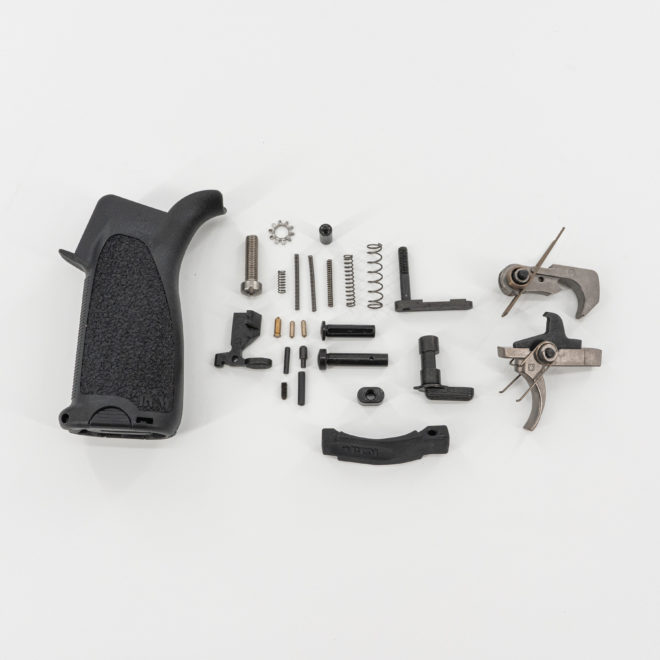
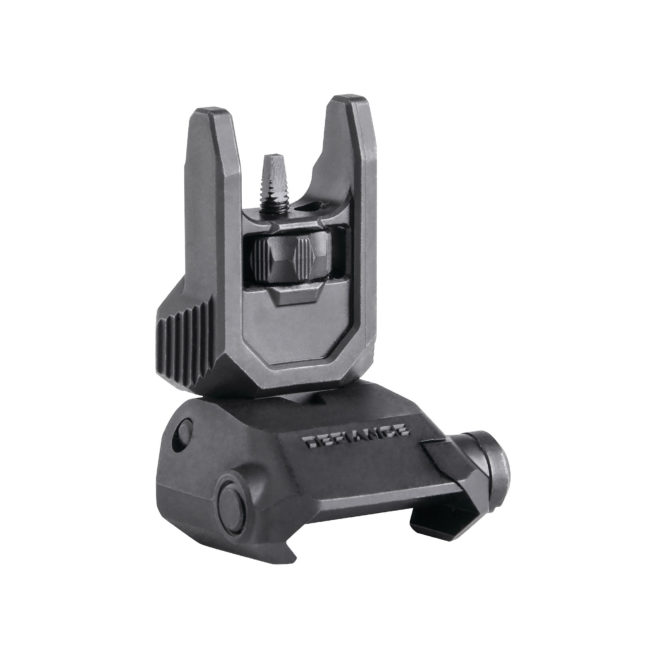
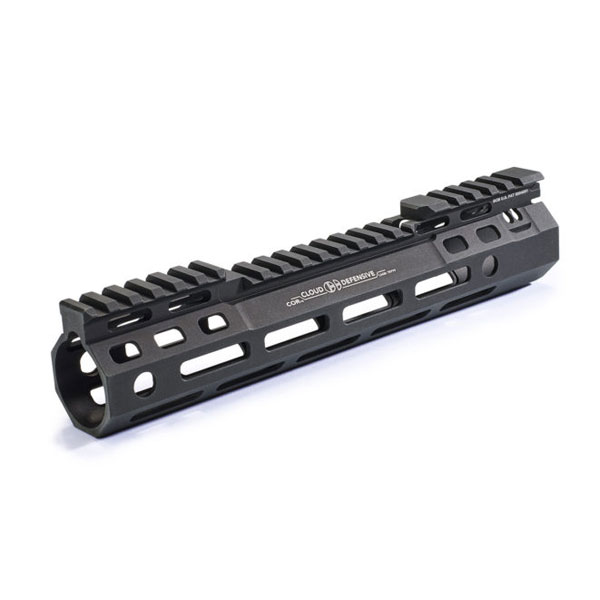
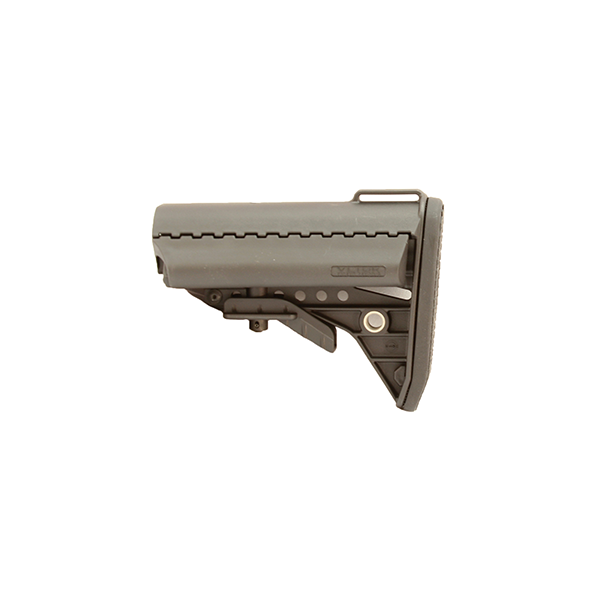
Reviews
There are no reviews yet.